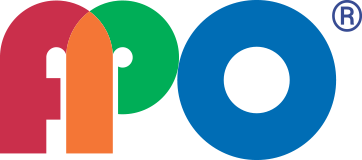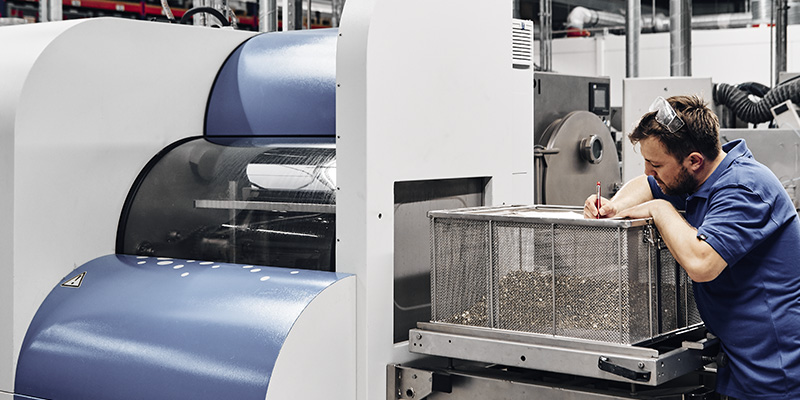APO Coating of Mass-produced Small Parts
THIS IST HOW WE OPERATE
Those who want to comply with highest quality requirements cannot rely on standardised solutions.
Every object needs to be scrutinised for its quantity and condition to allow the determination of appropriate lacquering and cleaning methods and the definition of necessary preliminary work.
You may rest assured that we adapt to your components and requirements.
THE PROCESS
Cleaning – Plasma treatment – Coating – Drying and separating

PRE-CLEANING
In order to achieve optimal results, all parts that are to be coated must be clean. Any contamination – like grease, dust or adhesions – is removed prior to the coating by industrial cleaning: the parts are cleaned in an industrial washing machine, rotating in a basket with warm water and a special concentrated detergent while exposed to high pressure.
Certain functional coatings might require an additional rinsing cycle. Small parts with “critical“ surfaces will also undergo a plasma fine cleaning, including a simultaneous activation of the surface in order to ensure optimal conditions for coating.
PLASMA CLEANING AND ACTIVATION
Small parts with “critical” surfaces will also undergo a plasma fine cleaning. Thereafter the surfaces are plasma-activated.
The plasma-activation of the components’ surfaces creates the preconditions for optimal coating. The change of the surfaces during the plasma-activation process allows for optimal component wettability. Thus, a good and long-lasting surface bond with the coating can be ensured.
Compared to traditional plasma processes, AOP’s patented low-pressure plasma technology allows for faster and more efficient cleaning and activation of components.
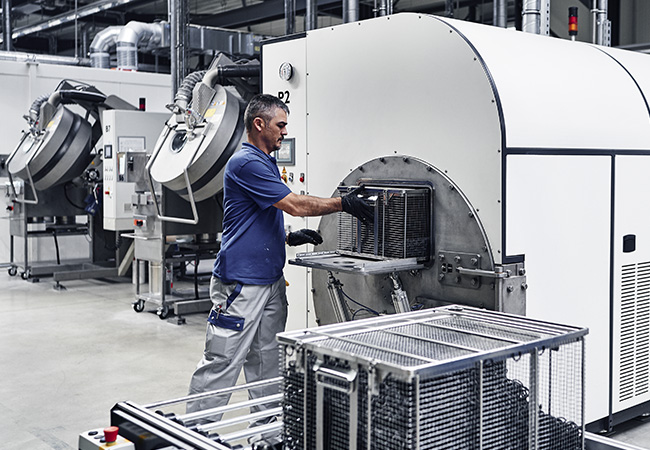
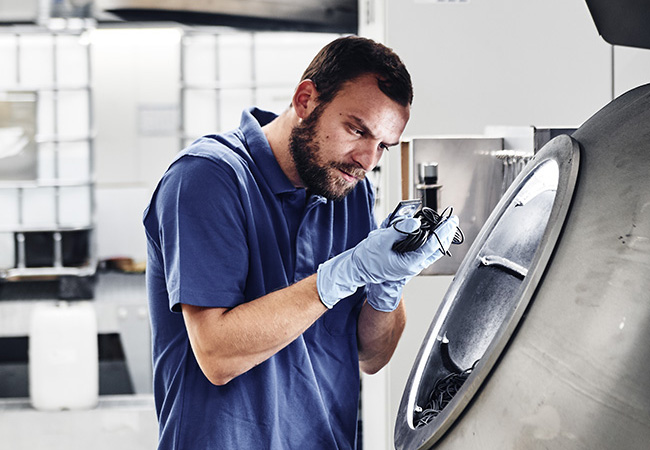
COATING
Decorative and functional coatings are applied to small components by means of a state-of-the-art automatic spray unit inside a revolving hot drum in batch processes. The permanent rotation of the drum during the alternating spray and drying cycles ensures the uniform coat application on all accessible component surfaces.
Blowing filtered air at a higher temperature into the drum and extracting exhaust air at the same time allows us to keep the drying period as brief as possible.
DRYING (TEMPERING) AND SEPARATING
Subsequent to the coating process, the parts are dried, also called tempered, in a drying oven. This tempering process ensures the necessary coating stability and resistance to external impacts. It helps to achieve the final properties of elastic lubricant coatings.
Finally, the components are separated to sort out parts that possibly stick together. For this sorting process, we use a specially designed separation unit. This separation process is indispensable, especially for functional coatings.
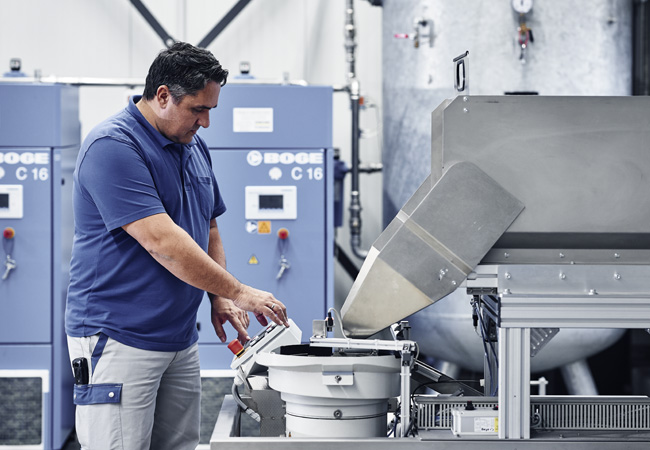
PWIS-FREE CLEANING
We clean components that are used in coating systems or coating processes and ensure optimum cleanliness and PWIS-compliant quality of the components for safe use in coating systems and processes. Other sensitive production areas also benefit from the high-quality cleaning results.
Whether with or without an additional coating – you can rely on our PWIS-free cleaning.
